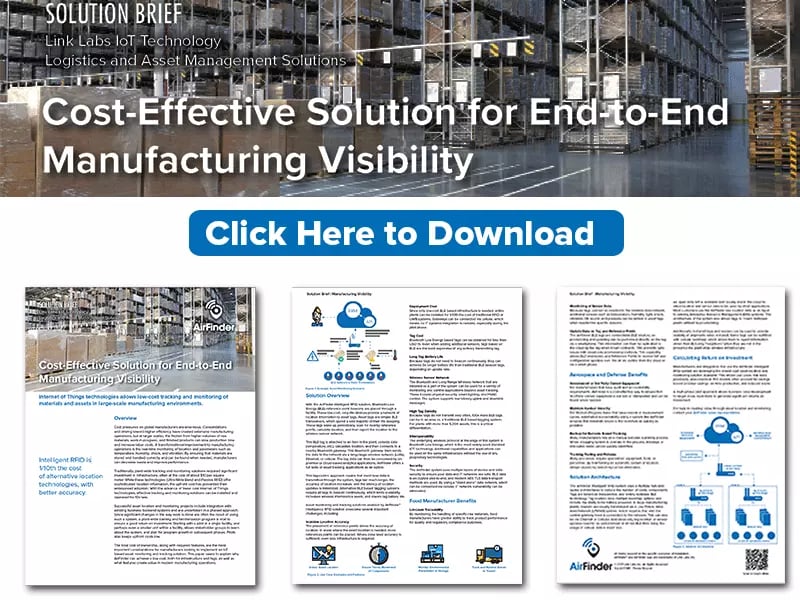Previously, in industrial automation settings, many data acquisition systems were engineered using wireline protocols like MODBUS. Today, there are two classes of data acquisition systems:
- Direct-to-IP systems: These data aquisition systems are a relatively new thing, where the sensor node itself connects directly to an IP network.
- Gateway-based systems: In this type of data acquisition system, a proprietary or shorter-range wireless protocol connects to sensors. The data is then sent via gateway to the IP network, often through a cellular modem.
Below, we’ll look at how wireless data acquisition takes place on WiFi, Bluetooth, and Zigbee networks.
How Wireless Data Acquisition Systems Differ
WiFi Data Acquisition Systems
The biggest advantage of WiFi-based systems is that the sensor can directly connect to the IP network, get an IP address, and send that data via the internet.
Benefits
- There is no protocol conversion gateway involved in WiFi data acquisition.
- WiFi is ubiquitous, so adding it to existing systems is relatively inexpensive. For example, NodeMcu (based on ESP8266) is an example of an inexpensive, open-source device that assists with WiFi data acquisition.
Considerations
- WiFi is fairly power hungry when it is connected. Even the process of getting a DHCP renewal can burn up the battery—and you can use a continuous draw of up to 100 mA just to stay connected to the network. While this is adequate for a system that wakes up infrequently and goes back to sleep, it’s not ideal for an application that needs to transact a lot of data while running on batteries.
- WiFi provisioning is a huge headache and major consideration for any enterprise or industrial customer selling to third parties. Data acquisition sensors are headless devices and don’t have a keyboard—and your customer will need a way to enter user credentials into the system.
Bluetooth Data Acquisition Systems
We’re seeing an interest today in Bluetooth to IP devices for those who want to leverage the low cost and long battery life of Bluetooth 4.0 but require an industrial-grade architecture for data backhaul.
Benefits
- Bluetooth systems are very power efficient for sensor devices that require very low power consumption.
- Bluetooth end devices are inexpensive, but require a Bluetooth bridge (like a smartphone) or BLE gateway.
Considerations
- There is no direct-to-IP wireless data acquisition model for Bluetooth. Bluetooth is a personal area network (PAN) technology, meaning that there is no direct IP based transport layer with Bluetooth. For data to flow into TCP/IP traffic, it must first go through a wireless peripheral to an app installed on an IP-connected device.
- Range can be a major issue for Bluetooth-based sensor networks.
ZigBee Data Acquisition Systems
Like Bluetooth, there’s no direct-to-IP protocol available with ZigBee. Therefore, you’ll need a ZigBee access point that bridges traffic to IP. (Note that there are Zigbee IP protocols that can be used without passing data through the application layer.)
Benefits
- ZigBee’s data rate is very fast.
- ZigBee systems can be very power efficient.
Considerations
- You need a relatively ubiquitous and dense network of mesh nodes in order to get coverage everywhere you need it. Thus, ZigBee only works in certain deployment models.
- ZigBee sensor availability may be an issue, depending on your application.
In Conclusion
Before selecting a data acquisition system, consider your business model. If using a Bluetooth-based data acquisition system means you would need to connect to a worker’s smartphone, forget about it. Similarly, if WiFi isn’t available everywhere you’re planning on selling your application or if you haven’t planned on how to handle WiFi authentication, you’re going to run into some issues.
Because of these concerns, we see more companies selling devices in third-party settings moving away from these options. Some gravitate toward cellular—as there’s no need for infrastructure—and others are moving toward a “bring your own infrastructure” model like Symphony Link. If you have any questions on which data acquisition system would be best for your solution, contact us.





